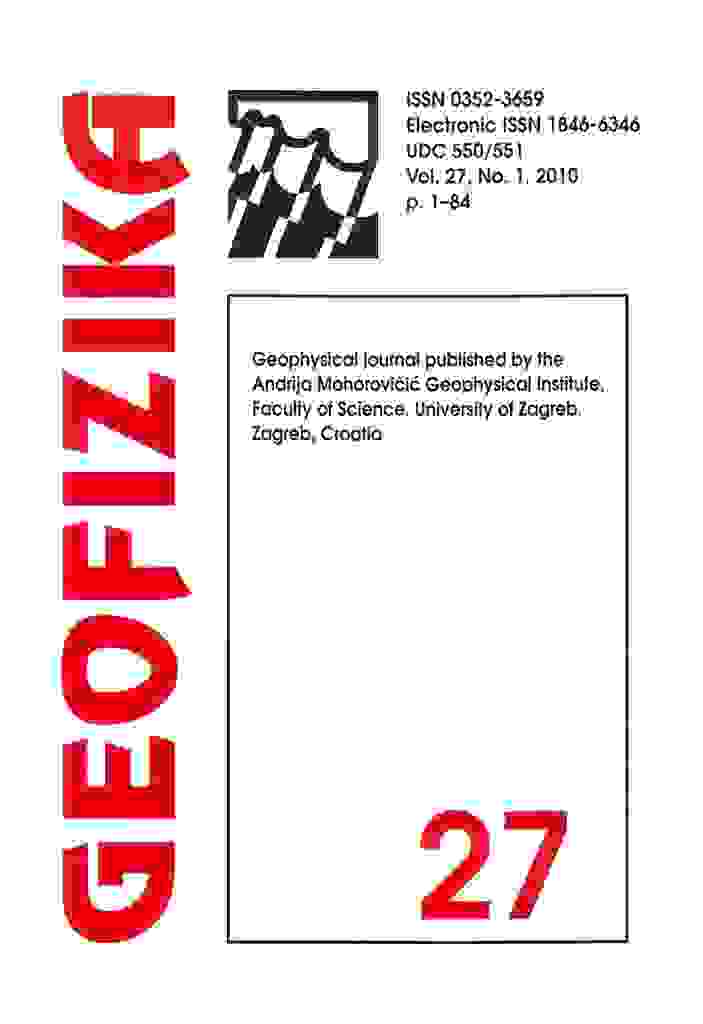A 4th order accurate P-SV wave staggered grid finite difference algorithm with variable grid size and VGR-stress imaging technique
Keywords:
P-SV wave finite difference algorithm, fourth order spatial accuracy, maximum grid spacing ratio, VGR-stress imaging technique, stability and grid dispersionAbstract
The implementation of VGR-stress imaging technique, as a free surface boundary condition, in a (2, 4) staggered grid P-SV wave finite difference (FD) algorithm with a variable size of a grid cell is presented in this paper. VGR is acronym for 'vertical grid-size reduction'. The qualitative and quantitative results confirmed that the effective thickness (ETH) of the first soil layer become less by one-half of the vertical size of a grid cell than the assigned thickness (ATH), if stress imaging technique is used as a free surface boundary condition. The results of various numerical experiments revealed that the stress imaging technique causes significant numerical dispersion of Rayleigh waves and the VGR-stress imaging technique is efficient enough to avoid the same. So, superiority associated with the VGR-stress imaging technique over the well stress imaging technique is that it avoids both the significant numerical dispersion of Rayleigh waves in homogeneous medium and the soil thickness discrepancy. The maximum grid spacing ratio (ratio of largest to smallest size of a grid cell) up to 6.0 did not affect the accuracy of FD algorithm with a variable size of a grid cell. In case of a variable size of a grid cell, the required computational memory and time for a particular basin-edge model was 6.43 and 16.62 times lesser than that required in case of uniform grid.
Downloads
Published
Issue
Section
License
Copyright (c) 2021 Geofizika journal

This work is licensed under a Creative Commons Attribution-NonCommercial 4.0 International License.

